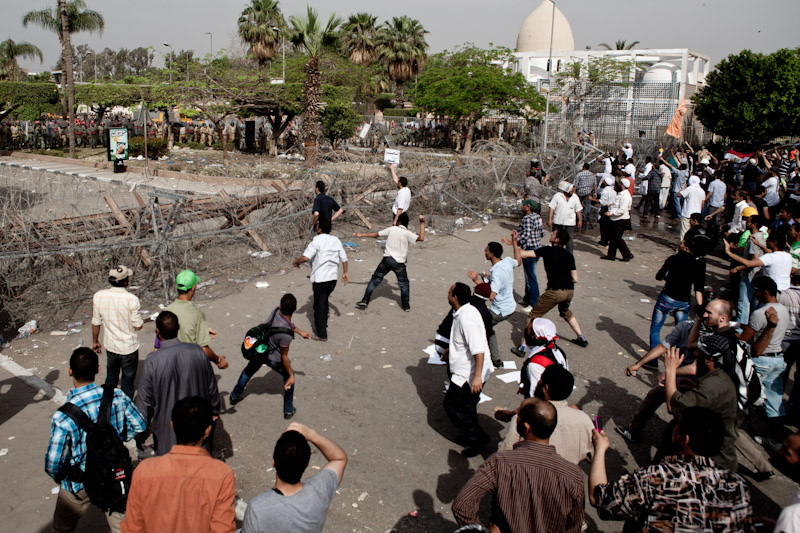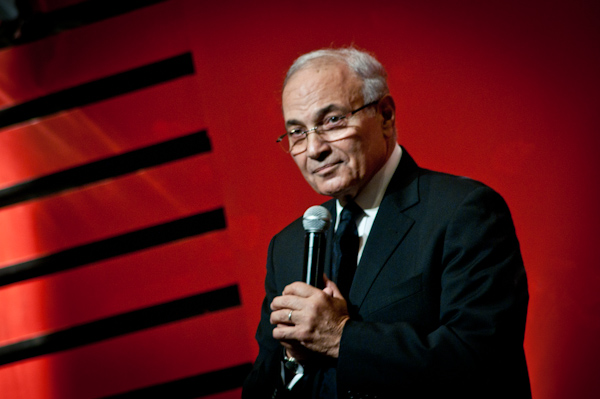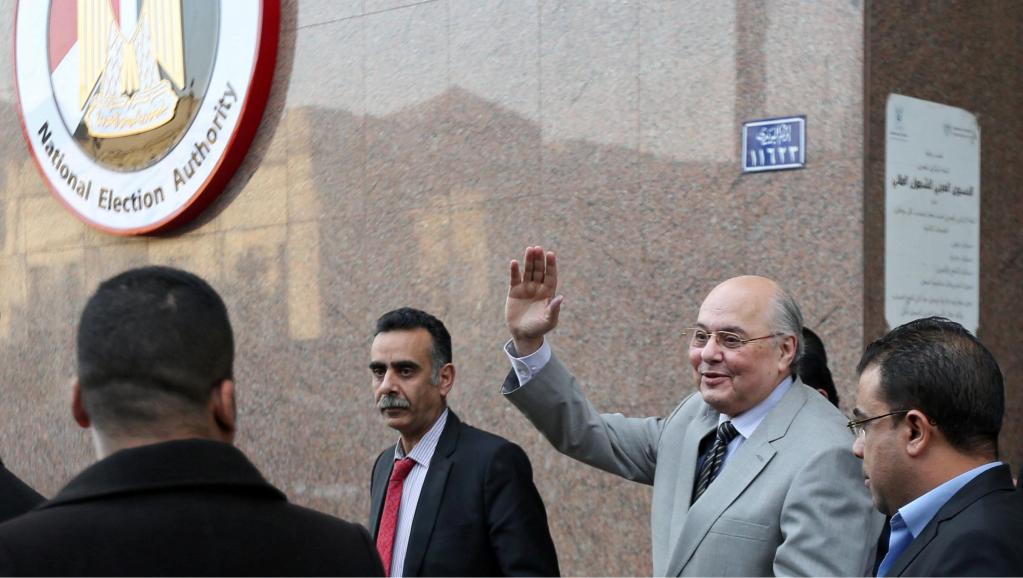
Homemaker Mona Hamed was maybe a bit too hopeful as she took to the polls last Saturday. Like many, Hamed hoped that the president she’s electing would end the confusion that has reigned since Hosni Mubarak’s ouster and would immediately create a better post-revolution Egypt.
“We want stability, we want to be a normal state, like the ones we see in Europe and advanced countries,” says Hamed, after she cast a vote for Mubarak’s last prime minister, Ahmed Shafiq.
But with the troubled road to electing a president may not necessarily have a happy ending, experts say.
We want order, but not the old one
Since the police withdrawal on 28 January 2011, security has never been completely restored and criminal activity has increased dramatically. The political upheaval has also spawned economic hardships across the board. The revolution is often blamed for the mess.
Despite the insecurity, ideas of stability are changing; the revolution demonstrated to many that the order and safety they want doesn’t necessarily equate to a Mubarak-style security state.
“We had stability before, but we weren’t living, we want the country to evolve, we don’t want to have fears,” says Khaled al-Shahat, a driver.
The Mubarak regime’s legacy is one of prioritizing its security apparatus and mobilizing public discourse around the administration’s success in guaranteeing stability.
Safwat al-Aleem, a political media professor at Cairo University, says that Mubarak gained the image of state protector as a result of his long tenure, during which people grew accustomed to depending on and trusting him to maintain security.
Aleem says that Mubarak used the media to amplify the importance of each of his actions, creating an illusion that he, single-handedly, held the country together.
He also frequently exaggerated the threats facing the country, warning of the growth of terrorist powers in the region and portraying Egypt as the target of conspiracies.
“Stability starts to be used as a justification to stay in power,” Aleem says.
A study released by the International Center for Future and Strategic Studies in March revealed that Mubarak’s police apparatus costs Egypt US$14 billion dollars annually, constituting 1.2 percent of Egypt’s income, and an additional $5.9 billion in losses caused by security failures.
According to the study, Egypt spends more than six times as much as the United States on its police when compared to national income.
Illusions of security
“The misleading media and a deliberate security void put the people in a position where they are hanging on to the hope that the election will solve the situation,” says Ashraf El Sherif, political science professor at the American University in Cairo.
But Sherif argues that the transitional period, which many hope will end with the election of a president, hasn’t even started.
“We are still in the old regime, which is trying to regenerate itself,” Sherif says.
When the SCAF came to power in February 2011 following Mubarak’s ouster, it announced that it would hand over power within six months and leave the country with an elected president, parliament and a new constitution.
More than a year after, the SCAF reclaimed legislative power after Parliament was dissolved, and took control over the constitution-writing process.
The move raised ire within the Brotherhood, which found itself losing the Parliament, as well as influence over the constitution.
“Due to the mistrust between the political powers in Egypt, I don’t think there could be stability soon,” says Mostafa Kamel El-Sayed, political science professor at Cairo University.
With the military maintaining an upper hand in politics and given its ongoing conflict with the Brotherhood, a Morsy win, which preliminary results support, does not hold much promise for long-awaited stability.
Sherif adds that Morsy will also have to struggle with a hostile security apparatus, which won’t succumb to his command easily as it is still loyal to the Mubarak regime. Without that support, restoring order will be all the more challenging.
As for Shafiq, a candidate with strong ties to state institutions, his victory is not automatically conducive to the reestablishment of stability.
Sherif says that while a Shafiq victory would make the ruling powers more homogeneous, it would provoke public anger.
While he might provide a sense of security, Sherif says that Shafiq will not carry out the necessary structural changes needed in the security apparatus to enable it to function effectively without resorting to oppressive measures.
Neither a Morsy nor a Shafiq victory change the strengthened position that the SCAF has earned itself for the country’s political future.
“Believing that the SCAF will hand over power is delusional. They issued a constitutional declaration to legalize taking over legislative powers. This proves that power is snatched and not transferred by election after a revolution,” says Ahmed Ezzat, a human rights lawyer and member of the Revolutionary Socialists group.
Accordingly, he says that the revolutionary forces have to unite, reject the power structure being formed now and present themselves as an alternative to this regime, rather than an opposition force.
Ezzat, however, believes that revolutionaries will have trouble mobilizing for street action now that the general population values stability over change.
“The situation on 25 January 2011 differs from the situation today, people were looking to change the regime, now they want security and stability and there’s now animosity towards the revolution,” says Kamel.
Yet, it is this fabricated sense of stability that the revolutionaries should unpack, according to Ezzat who believes that the SCAF is using people’s hunger for security to remain in power.
“The SCAF wants stability under its rule or no stability at all. This is oppression that we shouldn’t tolerate,” he says. “We have to convince people that the current authority is the reason for instability and not the revolution.”



